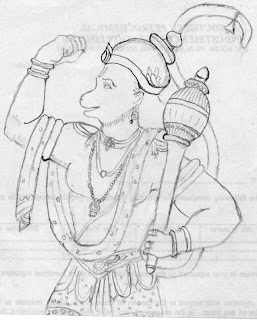Thiruvarur is located 290 kms away from Chennai, the capital of Tamil Nadu and is positioned between Nagapattinam (24 kms) and Thanjavur (56 kms). This town is situated in the southeast of Tamil Nadu, The Arulmighu Shri Thiyagarajar temple located in Thiruvarur town has many distinctions. It has the largest chariot or temple car among the temples in Tamil Nadu. The enormous Kamalalayam and the golden calm water in the temple tank are the glory of the town.
The Arulmighu Thiyagaraja swamy temple in Thiruvarur is famous in many aspects. This is the most revered and glorified of all Attaveeratta temples of Lord Shiva. Inside this temple, there is an art gallery depicting the greatness of the judicious king Manuneethi Cholan. The striking features of this temple are the Arulmighu Shri Kamalamba shrine and the sacred temple tank containing a small temple in miniature in the middle of it. The Shri Kamalambal shrine is one of the seats of the great mother, the goddess Shakti. This holy town has the glory of being eulogized in the Thevaram. The ancient musical instruments the Panchamuga and the Pari Nadaswaram were made here and it is interesting to note that these ancient musical instruments are used till today in this town.
History
The actual history of Thiruvarur Periya Kovil (Thiyarajar Temple) goes back more than 30th Century BC. The chola kings just renovated the Thiyarajar temple and built few extra shrines inside the temples. The known foremost devotee Tirunavukkarasar on 7th Century CE itself has said in his pasurams that the real existence of this cultural heritage is unknown and the temple is in existence for many centuries.
According to history, the central temple in Tiruvarur was installed by Muchukanta Chola.[2] Tiruvarur is also associated with another legendary king, Manuneedhi Cholan
Tiruvarur is mentioned in the works of Thirugnana Sambanthar and Tirunavukkarasar, the foremost Saivite saints of 7th century CE.[3] Tirunavukkarasar mentions several Tiruvarur temple traditions, such as Marghazhi Aathirai Vizha, Panguni Uttirai Perunaal and Veedhivitakanin Veedhi Panni. The granite structure of the Tyagarajaswami temple was first constructed by Aditya Chola I in 9th century and revamped during the reign of Rajaraja Chola I. The temple was upgraded and rebuilt with stone by Rajendra Chola I.[2] The royal patronage continued and the town flourished as a cultural centre during the rule of the Nayaks, Vijayanagar kings and Marathas. This temple is one of the biggest in the country and this has the biggest temple chariot in the world. The Arulmigu Thyagarajaswamy Car festival (offen stated as Tiruvarur Chariot festival) celebrated here in months of March -April attracts large crowds. Tiruvarur car is very famous one and it is called as 'Aalither' in Tamil meaning car like ocean.
Tiruvaur was part of the Thanjavur District until 1991 and Nagapattinam District until 1997. Tiruvarur was made the headquarters of Tiruvarur District when it was carved out of Nagapattinam in 1997. Thiruvarur car festival 2008 was celebrated very grandly. The people came from all the surrounding areas.





